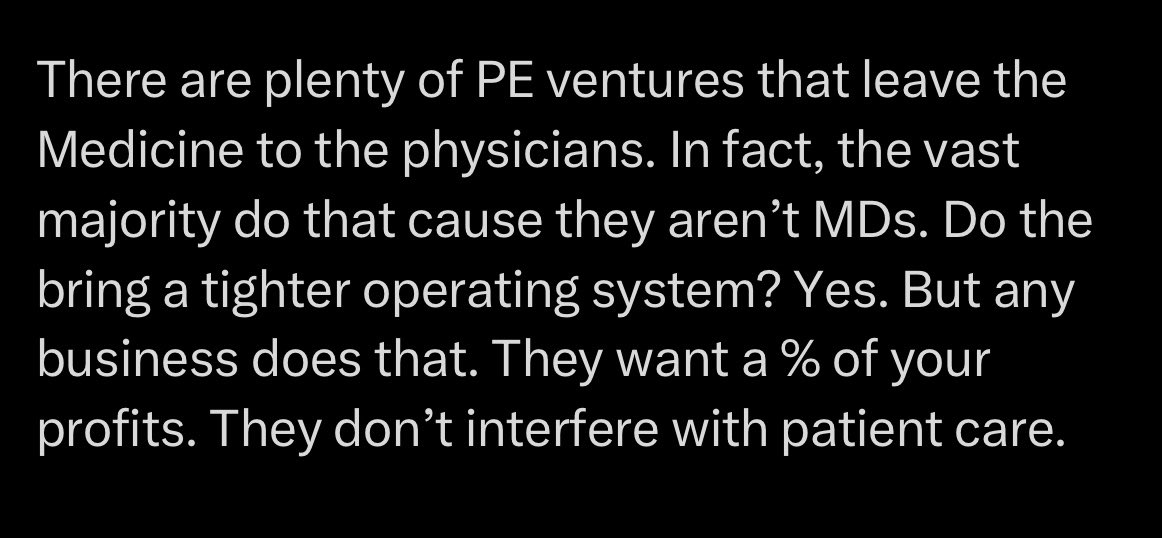Roughly 100% of people on the west coast are dealing with burning eyes from wildfire smoke, so here are a few eye care tips... 

First, invest in some artificial tears. No redness relievers. If you use visine, you might as well just waft smoke directly into your face while screaming “why is this not helping?!”
https://twitter.com/dglaucomflecken/status/1291102018434510850
Don’t rub your eyes or at least wash your hands before rubbing your eyes. You don’t want dirt, ash, or gender reveal party residue to be transferred from your hand to your eye.
Finally, stay indoors and keep the smoke out. Avoid using fireplaces, change air filters, surround yourself with fans, wear a hazmat suit, buy an air purifier if you can find one.
Any eye doctor will tell you all these things. There’s nothing else to do but try to get away from the smoke. My eyes burn just as much as everybody else’s. There’s no magic remedy, and by that I mean there’s none left. I am hoarding all of it for myself. Stay safe.
• • •
Missing some Tweet in this thread? You can try to
force a refresh







